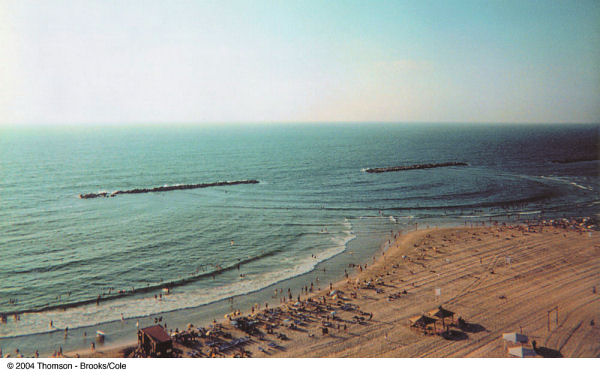

Thin-film interference is a natural phenomenon in which light waves reflected by the upper and lower boundaries of a thin film interfere with one another, either enhancing or reducing the reflected light. The Michelson interferometer and the Mach–Zehnder interferometer are examples of amplitude-division systems. In an amplitude-division system, a beam splitter is used to divide the light into two beams travelling in different directions, which are then superimposed to produce the interference pattern. N must be converted to the number of lines per meter (multiply by 1000).

Diffraction grating video explanation Grating spacing and number of lines per mm The angle measured between the surface and the ray is the same magnitude as the angle of reflection. The angle of incidence is equal to the angle of reflection for diffuse reflections. They produce optical spectra and contain a large number of parallel lines (slits). Which of the following is true of reflected light rays from a surface I. Video demonstrationĭiffraction gratings are the consequence of the effect on the interference pattern when the number of slits is increased. This causes the fringes to be narrower and their intensity being proportional to the square of the number of slits. This can happen in a medium or at a boundary between two materials. Absorption happens when a wave loses energy as it transmits into a material. Reflection depends on the type of wave, the wave’s frequency, and the material. If the crests, or highest parts of the waves, line up perfectly, then the crest of the. Key points: Reflection happens when a wave bounces off of a boundary between two materials. The effect of modulation increases with the number of slits. When two waves come close to one another, their effects add together. Learn about transverse and longitudinal waves through the examples of a shaken rope and a sound wave. Hardy's Paradox (optional) Multiple-slit interference Young's double slit introduction - Khan Academyĭouble & Single Slit Experiments and Diffraction Gratings

The double-slit interference pattern is a superposition of the relative intensity without diffraction for a double-slit and the variation of intensity relative to angle of a single-slit.


 0 kommentar(er)
0 kommentar(er)
